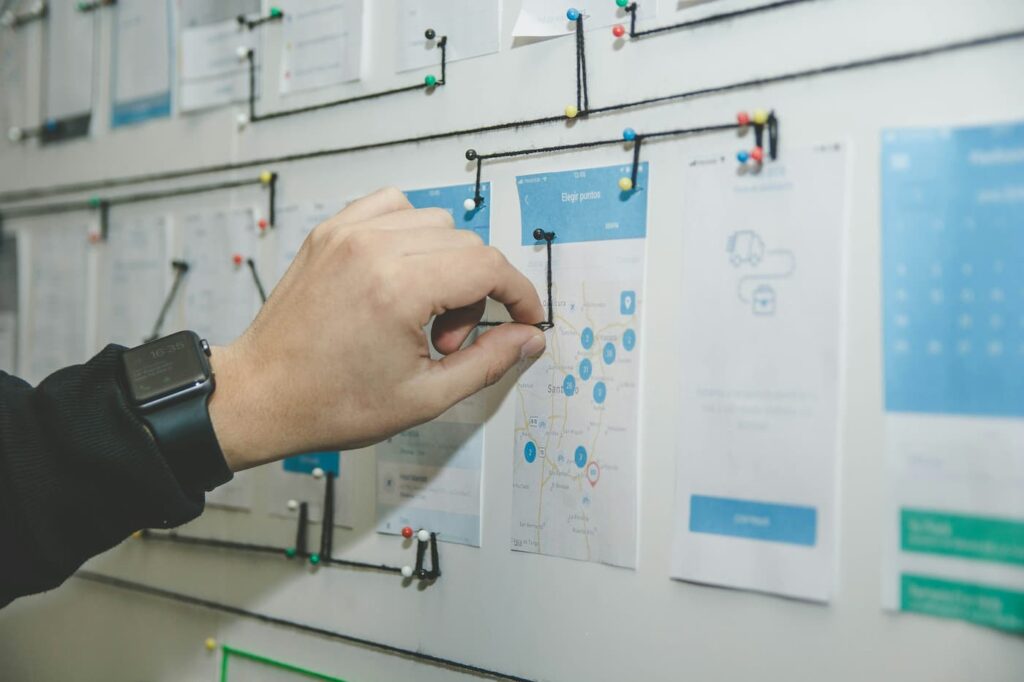To thrive in a fast-changing, competitive market, your business needs to provide the highest quality products and services to your customers. To make sure your product performs well and meets customer demands, it's essential to thoroughly and effectively test it before its launch.
In this article, we explain the importance of product testing and its benefits and offer an overview of what a product testing process looks like.
What exactly is product testing, and how can it benefit your business?
Product testing (also known as consumer testing or comparative testing) is the process of determining the properties and likely performance of a product with a specific audience.
The overall process entails having a small group of your target audience try your product, providing feedback on their experience, and observing their behavior while using your product sample.
Businesses use product testing to gather qualitative and quantitative data about consumers' potential usage/consumption behavior, preferences, and reactions to a product.
There are various reasons brands do so before launching a new product. It can be consumer insights research, brand awareness, brand activation, sales promotion, or other marketing and branding activities.
Also Read: Rapid Product Testing Sprints Through Product Sampling
Why is product testing important?
No product will be successful if it doesn't provide its users with a good experience. Entrepreneurs know this. But it can be challenging to know what users need and want in a product experience.
You might be thinking that you've already conducted surveys and know what your users' needs are. But behavioral psychology shows that more often than not, what we say is different from what we do in real life.
Surveys are, in fact, great tools when it comes to gathering data and forming hypotheses. But these are not enough if you're going to invest your time and money into developing a product.
For a successful product launch, it's essential to test your hypotheses in real-life scenarios to see whether they still hold true in practice.
And that summarizes the importance of product testing.
When users test a sample of your product in a real-life scenario, they can offer you valuable feedback based on their actual experience.
You can use their feedback to figure out what is working in your product and what isn't.
This way, you can keep the good features and continuously change or improve any issues that keep your product from meeting your users' expectations.
What are the benefits of having your product tested?
Now that we know why it's important to test your product, let's dive a bit deeper into the benefits that make product testing so great.
Collecting insightful feedback
Product testing helps you collect valuable insights into your product's performance from people who have used your product in a real-life scenario. The consumer feedback you receive on different aspects of the product - from brand name and packaging to quality and usability - helps your company continuously improve product performance and, in turn, customer satisfaction, especially as consumer tastes evolve over time.
These insights provide guidance to research and development in creating new products or upgrading existing ones.
Achieving product superiority
Another importance of product testing is that it helps you create a product that is superior to your competitors.
Through comparative product testing (having the users test and compare different product versions or brands), you can learn how your product stacks up against others in the market. This allows you to monitor the potential threat levels posed by competitive products and understand your product's competitive strengths and weaknesses.
Preventing bad reputations on a large scale
Another benefit of product testing is that it helps you catch weaknesses and resolve them in the early stages. Imagine investing a lot of time and money into releasing a new product only to find out that it was faulty from the start.
While prototypes are tested many times in the development phase, it's important to have consumers outside the development team test the finished product before release.
Since your customers won't be using the product exactly as stated in the user manuals, it's important to see whether it's safe, durable, and simple enough to be used by an actual user.
So, product testing helps prevent customer dissatisfaction and complaints, recalls, or even legal issues.
Assessing marketing and launch reception
A product testing campaign can potentially estimate many things, including your product launch and marketing performance.
Through test marketing, you can assess how your marketing message resonates with your target audience and whether your product will be well received once it is launched.
They also allow you to implicitly measure the effects of product properties like price, brand name, or packaging upon perceived product performance and quality.
Another marketing benefit of product testing is that if your target audience is happy with the product sample they've tested, they become advocates who promote your brand and product for free through positive word-of-mouth.
Take the headache out of product testing
When it comes time to launch a new product, consumer product testing through product sampling can be a game-changer. Rapid product testing allows you to test your product at each critical development sprint, saving you time and money.
Peakage is a platform that helps you do just that. A personalized product sampling platform allows consumer brands to conduct targeted at-home product trials. Our program sorts through 200+ shoppers' attributes and categorizes them based on their buying patterns and interests.

Peakage performs customized customer surveys and analytics on users who have tested your product or service. You will receive valuable feedback that will assist you in discovering actionable insights that can inform strategy, messaging, product positioning, and more.
If you want to kickstart your product testing campaign, book a free consultation with one of our experts.
Conclusion: It's time to start your product testing campaign
Hopefully, this article has provided you with some insights into the importance and benefits of product testing. To give you an idea of what a product testing process looks like, we're concluding this article with an overview of what the testing process will look like.
Step 1: Select the product(s) or concept(s) you want to test. Depending on your testing method, you can put up a single product to be tested in isolation or provide competitive products or different versions of your own product for comparative testing.
Step 2: Define your testing metrics. Some important product properties to measure are utility, ease of use, visual design, value for money, quality, marketing efficiency, and innovativeness.
Step 3: Define your target audience by creating a customer persona and find different channels to connect with them.
Step 4: Determine whether testing will take place in a central location (such as a lab or mall) or at the homes of your target audience.
Step 5: Run the test with your intended audience, make observations, and collect feedback through surveys.
Step 6: Analyze the feedback data and incorporate actionable insights into the product development and marketing strategies.
For a more detailed explanation of the product testing process, among other things on this topic, make sure you read: The 7 Steps of Product Testing to Create a Winning Product




